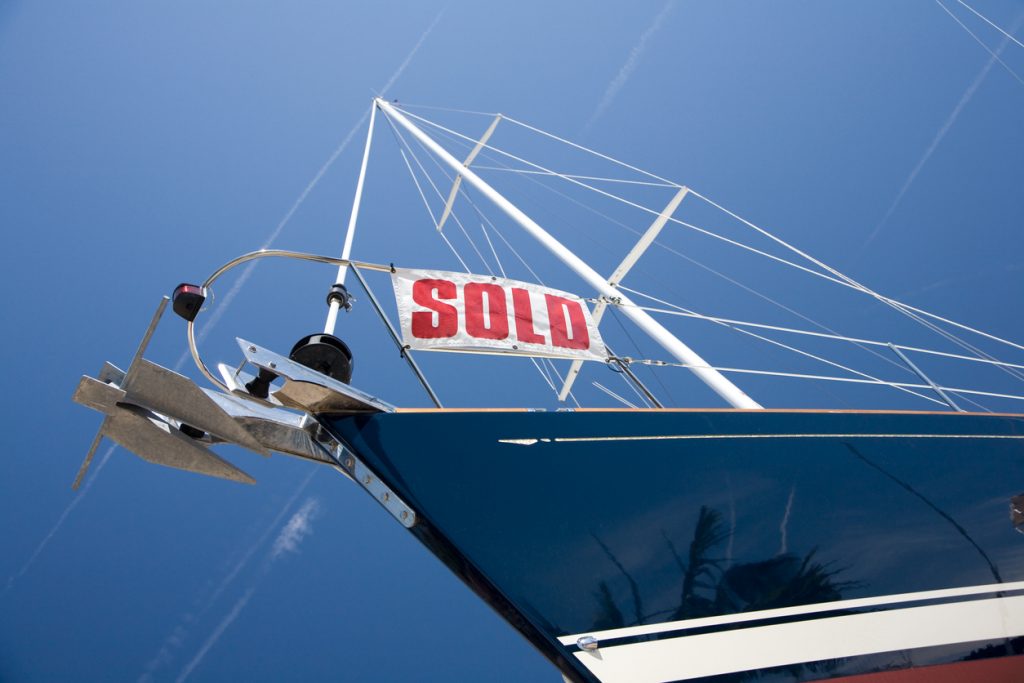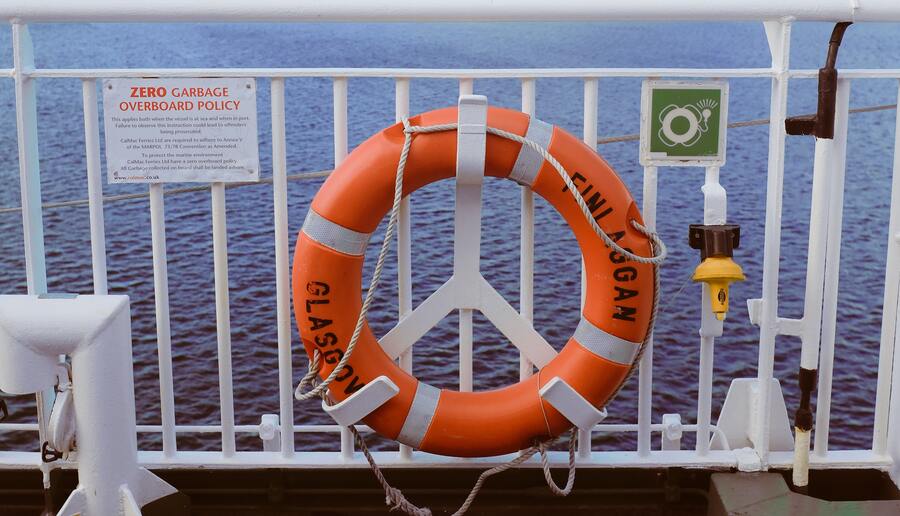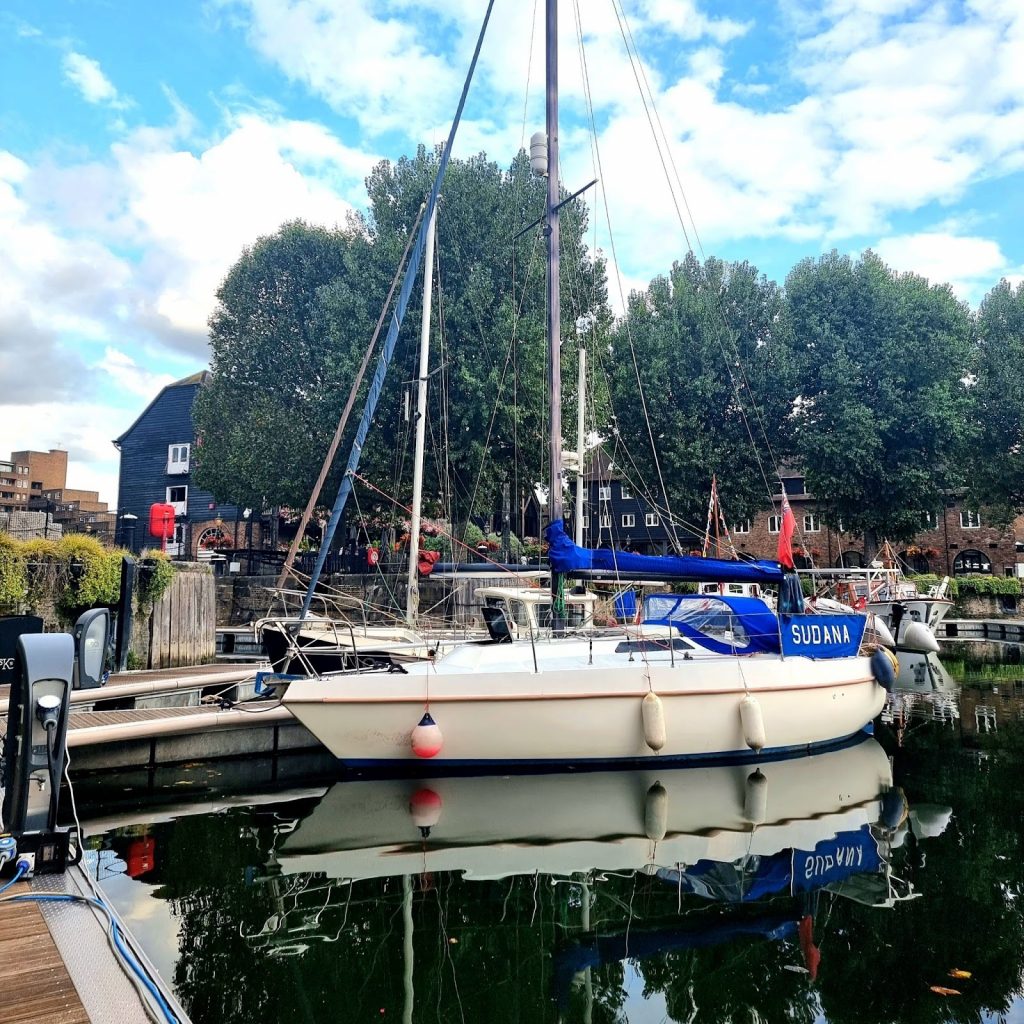It is important to check the boat's condition before sailing to ensure a calm and safe voyage, especially if it hasn't been used since the summer. In this article, we provide you with a checklist to ensure a safe sailing trip.
One of the best experiences of knowing how to sail is getting on a boat and sailing the open sea, whether you are by yourself, with your partner, your family or your friends. Checking the boat's condition is of utmost importance when ensuring the safety of those on board; it helps give you peace of mind and allows you to enjoy the journey more. That's why going through a complete checklist before setting out on your voyage can have a big impact on the outcome.
How can you sail safely?
In order to sail and navigate safely, it is important to go over the boat's safety procedures before sailing. The general aim is to know if the boat is in good condition and is working properly. It is also time to check the location of all the essential navigation and safety equipment for the entire crew.
No matter your level of experience, it is always important to keep in mind to go over all the points on the checklist like looking at meteorological forecasts and sailing conditions. You can download useful apps for sailors or up-to-date charts and books, as well as information about the route and the appropriate navigation and steering equipment. Bring documentation that could be legally required: valid insurance policy, ID, certificates, registration, flag and identification plate of the vessel and a valid boat licence. Have the appropriate safety equipment, supplies and other essential equipment in the necessary quantities for the journey. Plan the route beforehand and always inform a family member, friend or the Yacht Club of the course you will follow.
Pre-Sailing Checklist
A checklist aims to ensure that the vessel is safe in terms of having an impermeable hull, a motor in good condition, functioning safety equipment, sufficient supplies and essential spare parts. Checking all of these aspects before setting sail will help make sure you have a good voyage.
Hull Checks
Ensuring the hull is in good condition is an extremely important step to take before going sailing. Crucially, the correct waterproofing of the hull ensures that the vessel stays afloat and makes sure water cannot seep into areas where there could be electric cables, for example.
- Anchors and ropes are in good condition.
- Handrails around the boat must be securely fastened and in good condition, in case someone has to hold on to them during the voyage.
- Checking the water tightness and the bilge system: clean and dry bilge, bilge pumps or thru-hulls, toilets, sinks, sluices, gutter, portholes and the watertight closure of hatches.
Engine Checks
An essential set of checks that you’ll want to go through are those involving your sailboat’s engine. Even though you’re on a sailboat, you’ll be using your engine guaranteed so you’ll want it to be in good condition. That’s why it’s included in the pre-sail checklist.
Checking the condition of the engine is essential for safe sailing.
- Alarms and warning lights should work correctly.
- Ensure that the engine belt is tight and in good condition.
- Check spark plugs and filters, and keep the propeller in good condition.
- Batteries are charged and electrical circuits are functional. Power sockets must be in good working order.
- Verify that the cooling system is working properly. Double-check the thermostat and the water pump for accuracy.
- Ensure that the levels of the oil and coolant are correct when the engine is switched off. Liquids should appear clean and well above the minimum capacity.
- A sufficient amount of fuel must be carried at all times. If your tank is full, you should always save approximately one third (1/3) of the capacity for unforeseen events, even if it is advisable to go sailing with a full tank.
Safety Equipment checks
No pre-sailing checklist would be complete without an exhaustive inspection of all the essential safety equipment. Whether the boat is used for fishing, water-skiing, diving, day cruising or overnight stays, essential safety equipment must always be included. If this equipment is kept on board, it should be inspected regularly and kept in good working condition. Depending on the boat model and the area in which you will be sailing, some of the security measures will be compulsory and others only recommended. Whatever the case, it is best to include the majority of them on board, including in smaller boats.
- Life jackets or personal flotation devices are one of the most important boating must-haves as they help the user to prevent drowning in water.
- First-aid kit to deal with little problems like cuts, blisters, bruises, grazes etc.
- A fire extinguisher, helps you prepare in advance for any unpredictable fire breakouts.
- VHF radio is a two-way communication device that allows boaters to stay in touch and ask for help in times of emergency.
- GPS is the fastest and most accurate way to navigate, and figure out the location.
- Flashlights on your sailboat are useful when you're cruising at night.
More information on Boating must-haves
Supplies checks
Checking the essential supplies each time you go sailing will help increase your chances of having a safe trip. Water tanks should be full to ensure that there is enough drinking water for all passengers on board. Just in case, it is a good idea to have some extra bottled water on board for emergencies. It is important to also include a good amount of food that does not expire, as well as fresh food that does not require cooking.
Tide and weather checks
Check the weather forecast carefully before setting sail so you know what sailing conditions to expect, paying attention to wind direction and strength as well as visibility. You should also keep an eye on things once you set sail. The weather can be very unpredictable in many parts of the world, so if you notice a storm ahead, you should head back to dry land. You should also know the predicted high and low water as well as the tide height if you are sailing in tidal waters.
Share your plan
Ideally, you should inform someone of your travel plans before leaving. A friend or family member, the coastguard, or someone who isn't on the trip with you, can offer this assistance. Provide details such as boat type, model, route, time of the trip, and how people can get in touch with you in case of an emergency.




